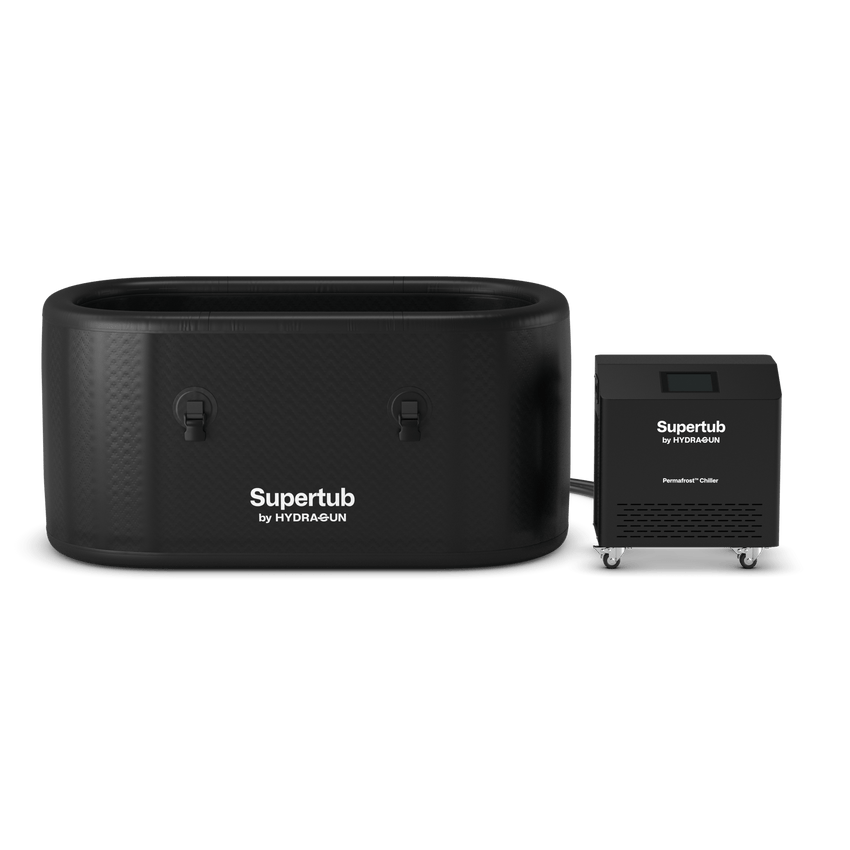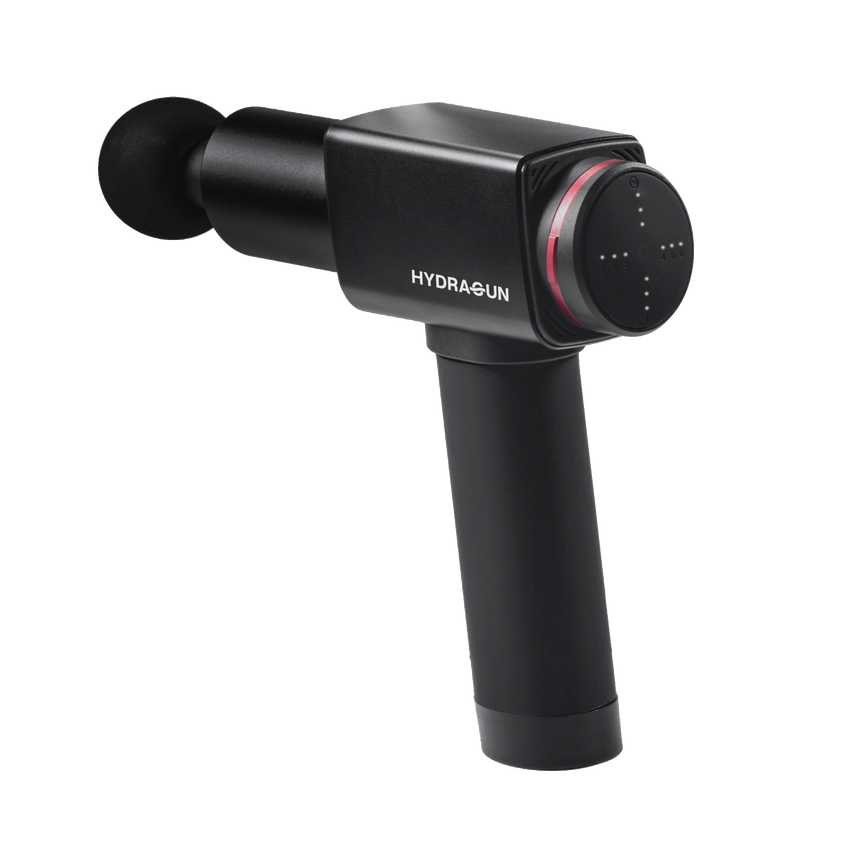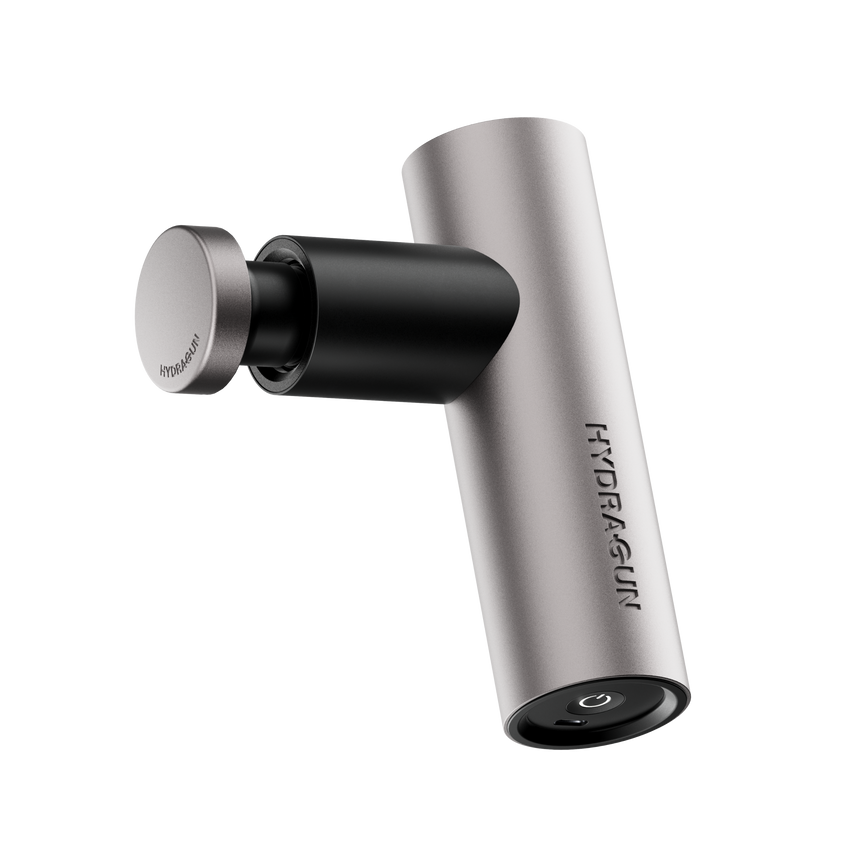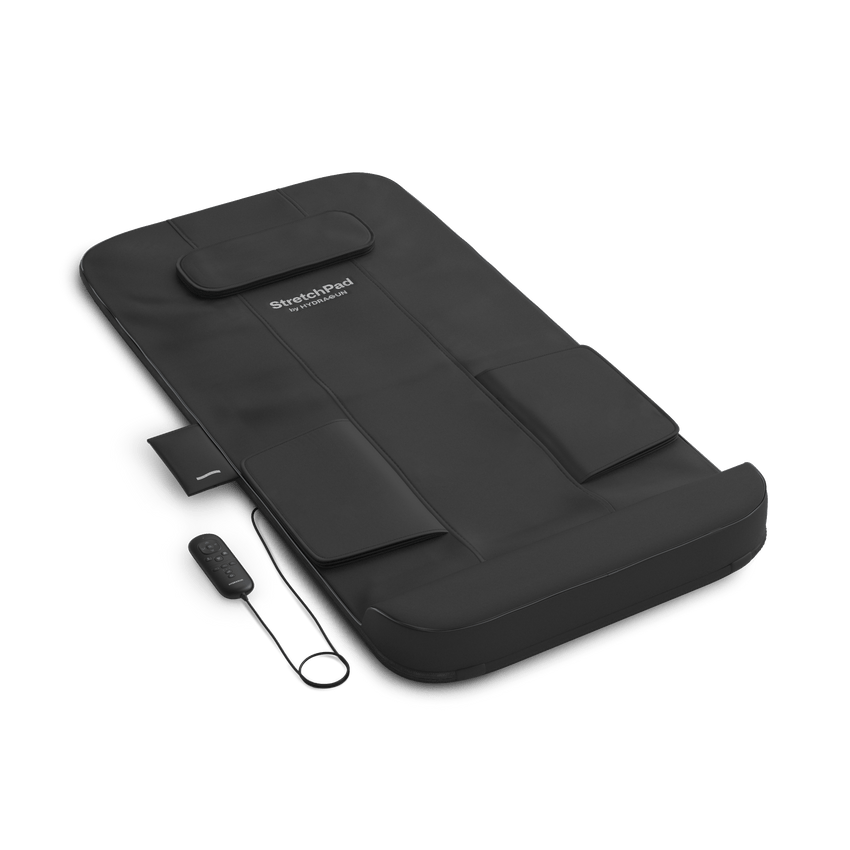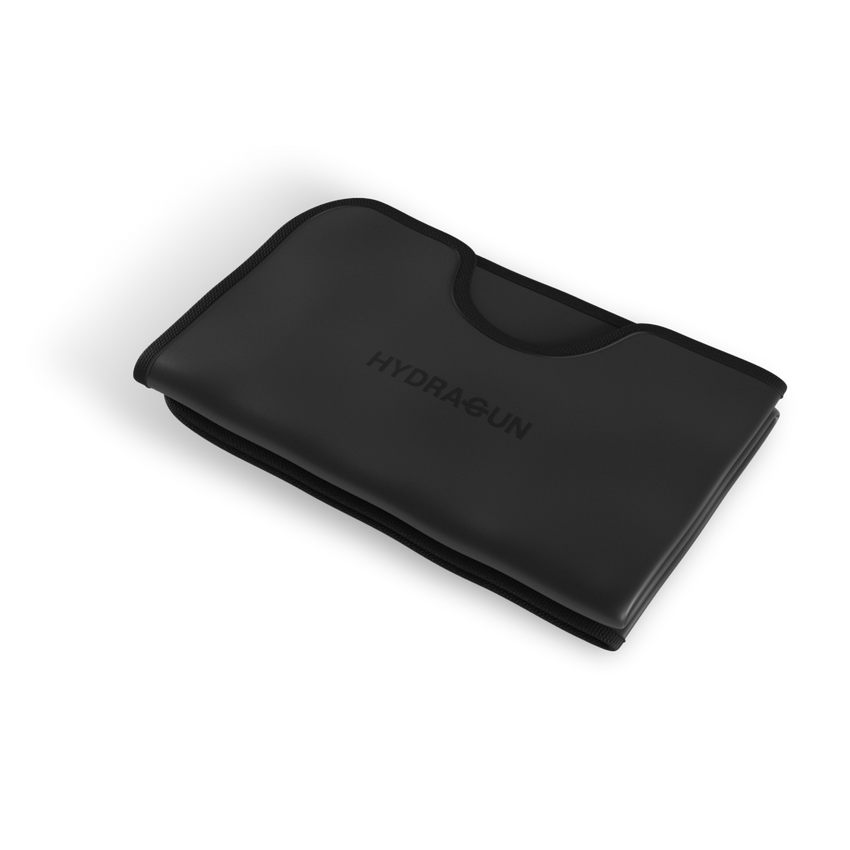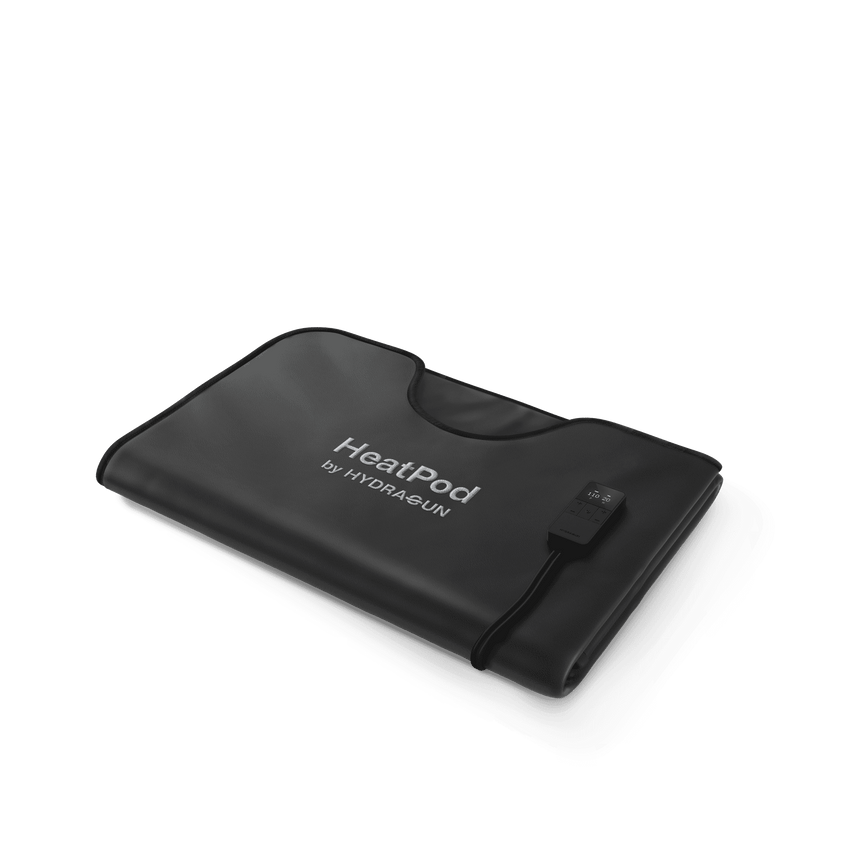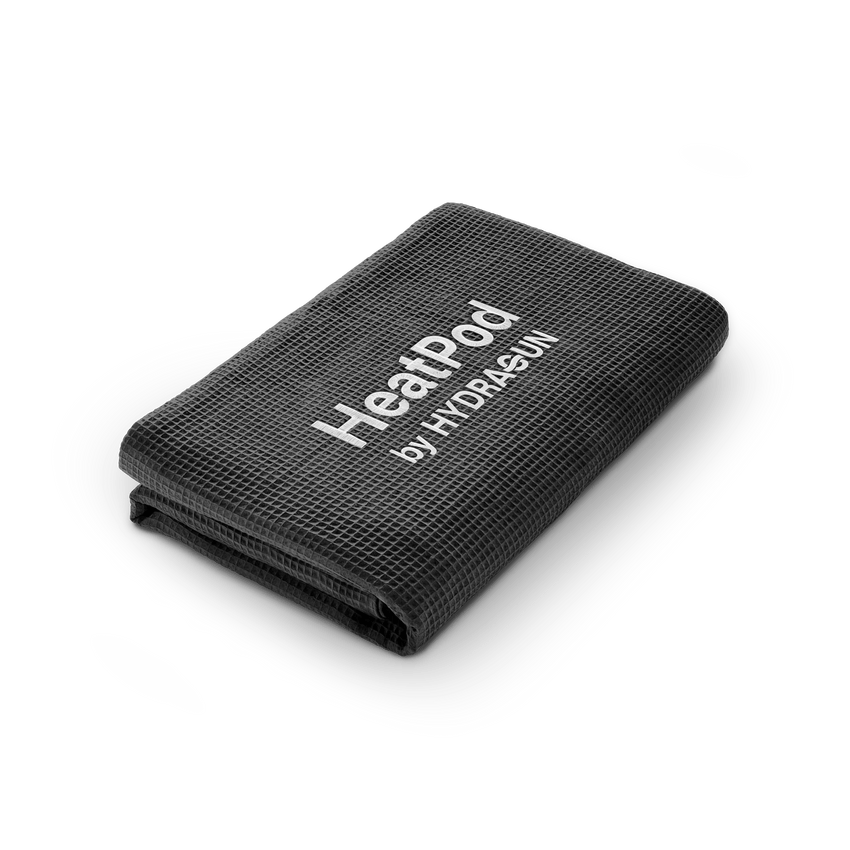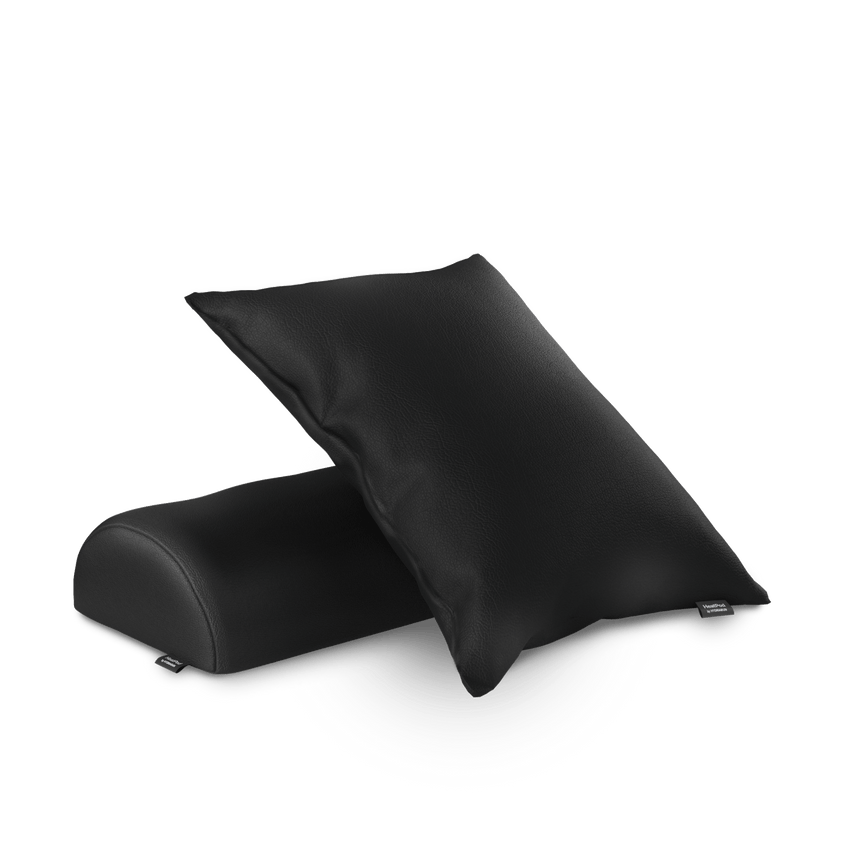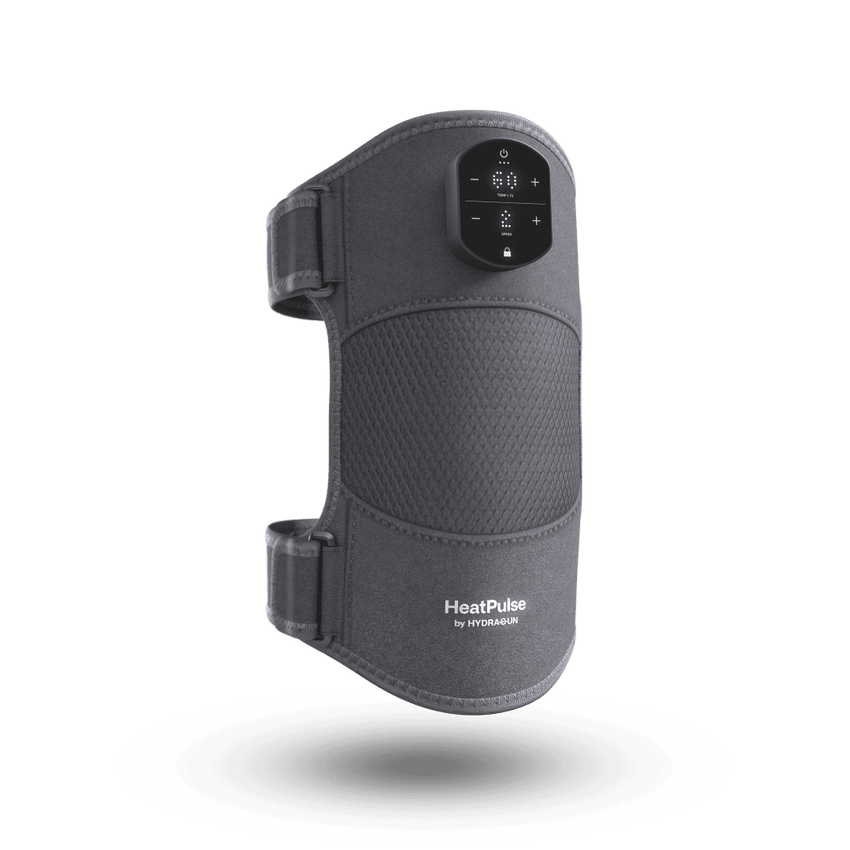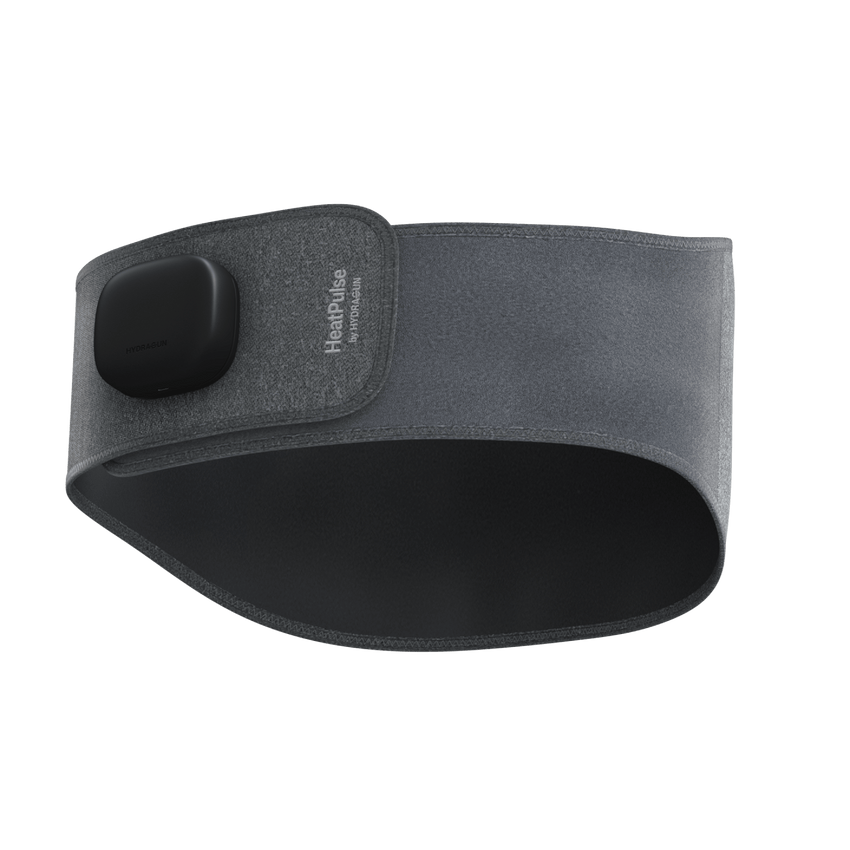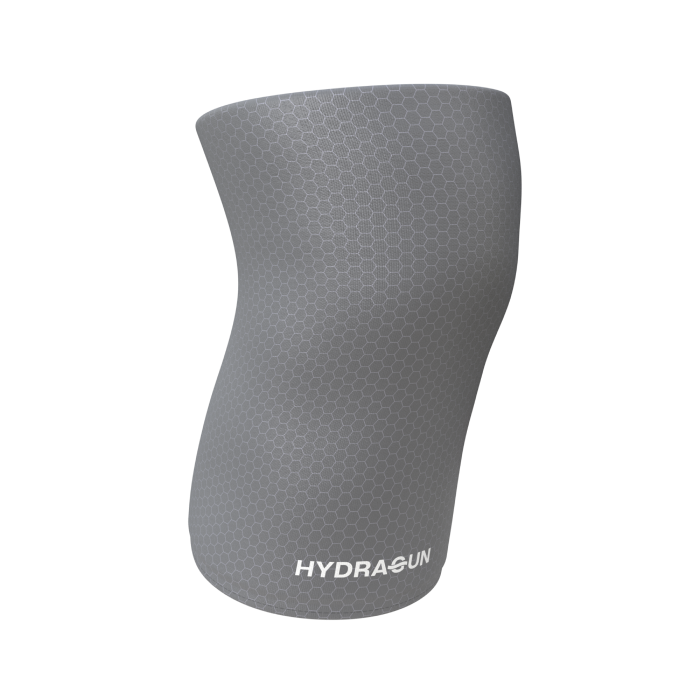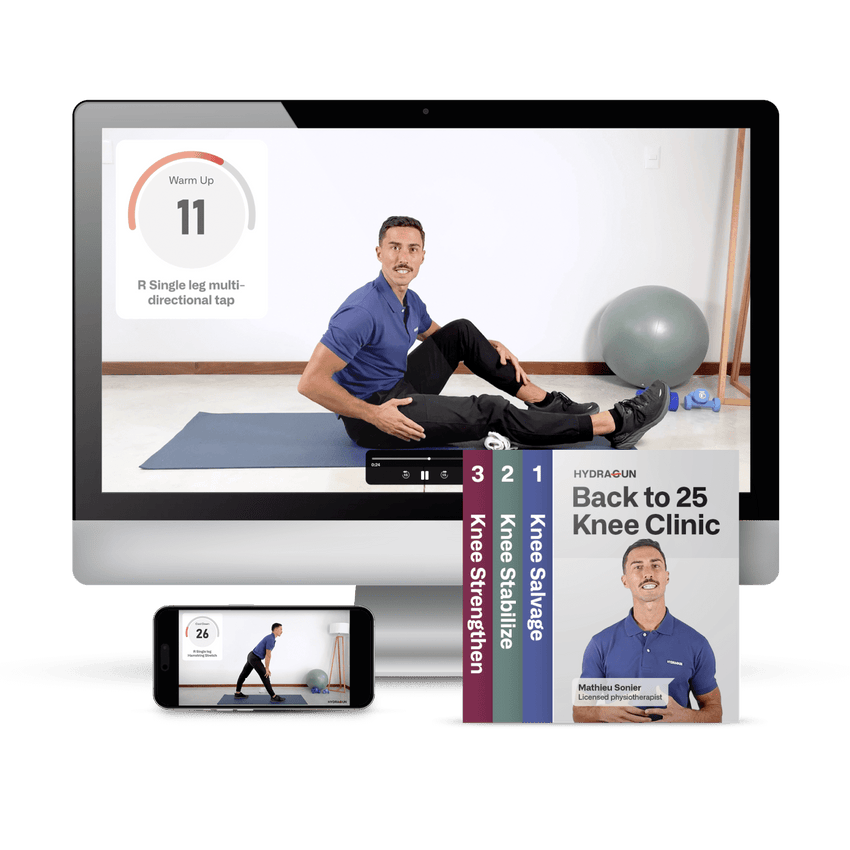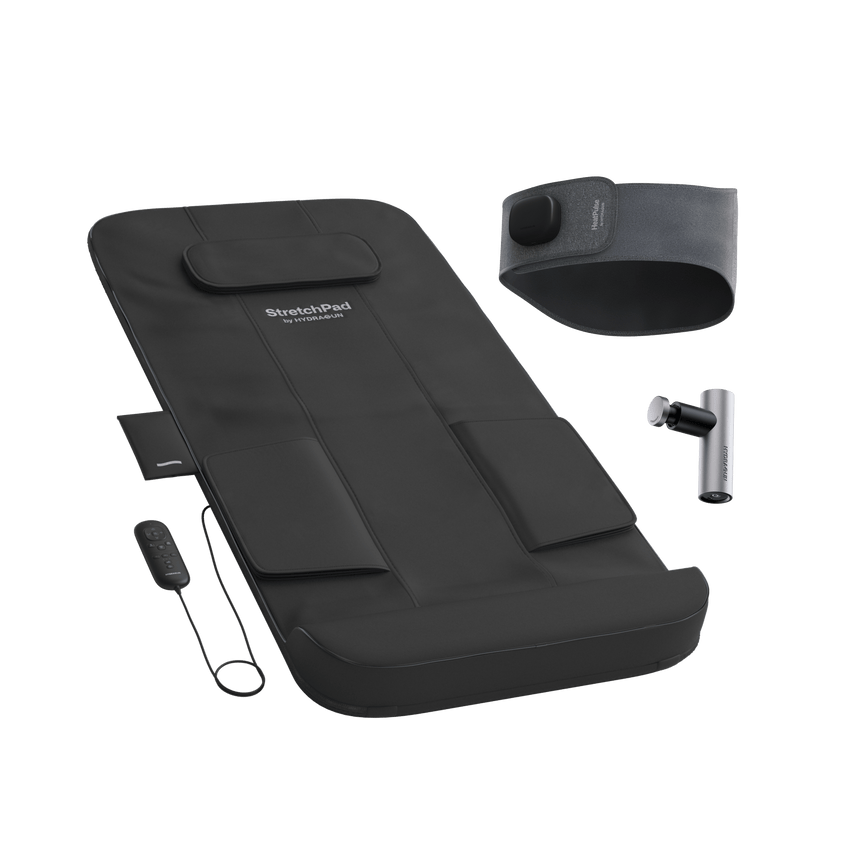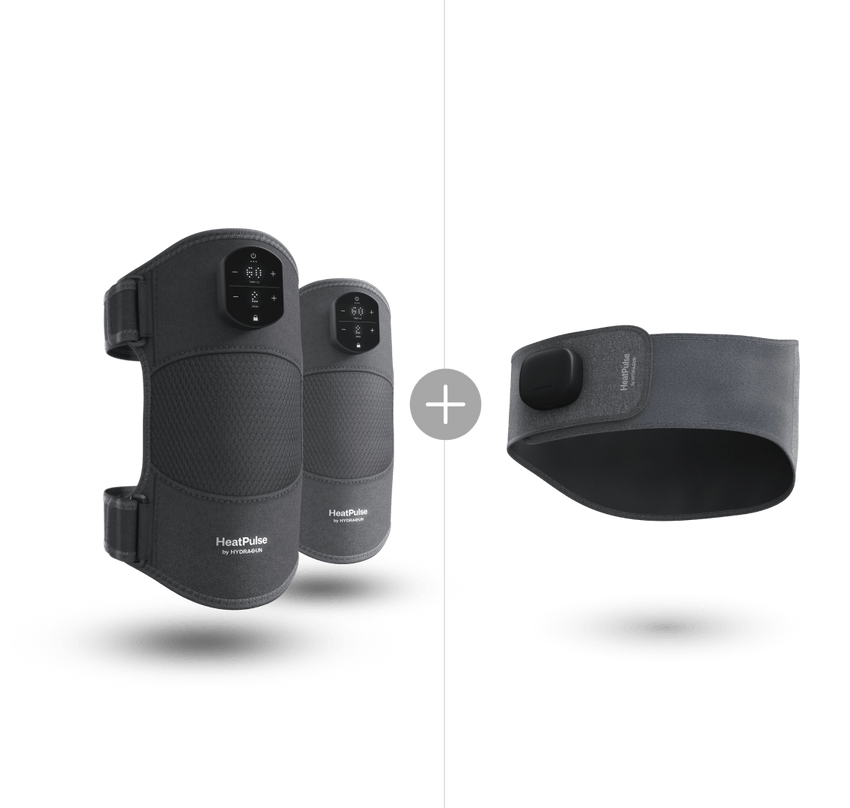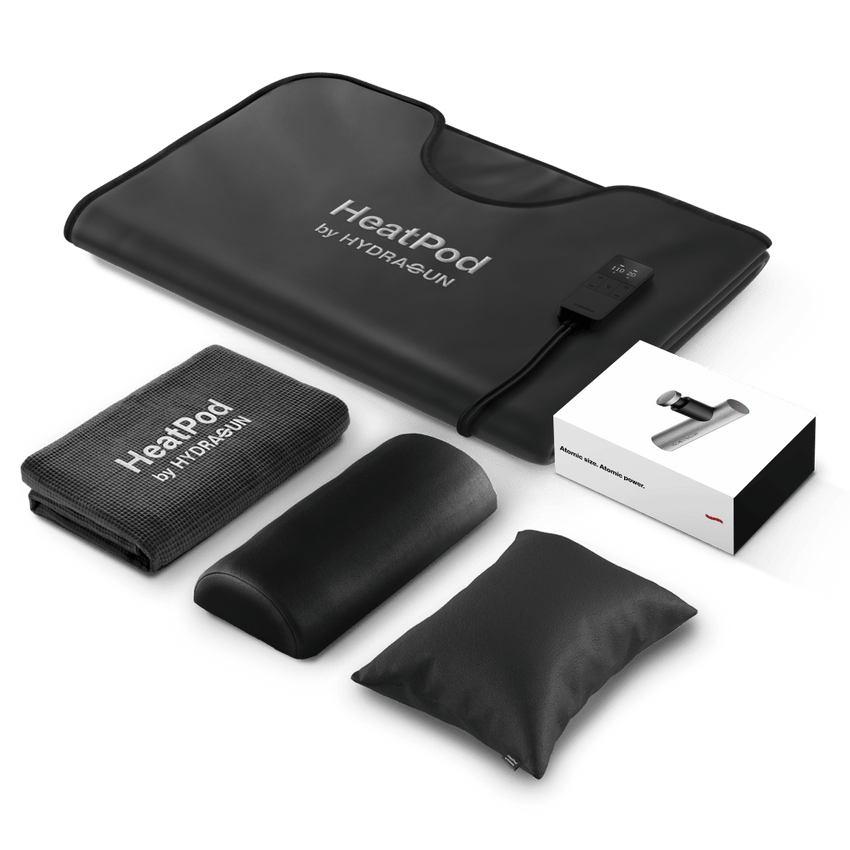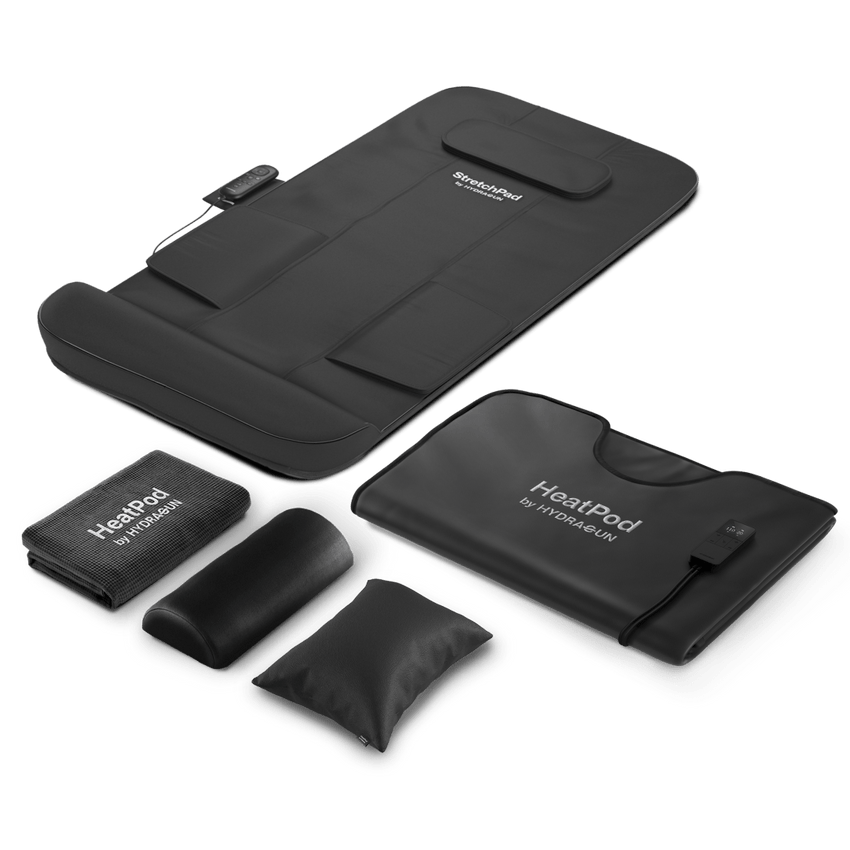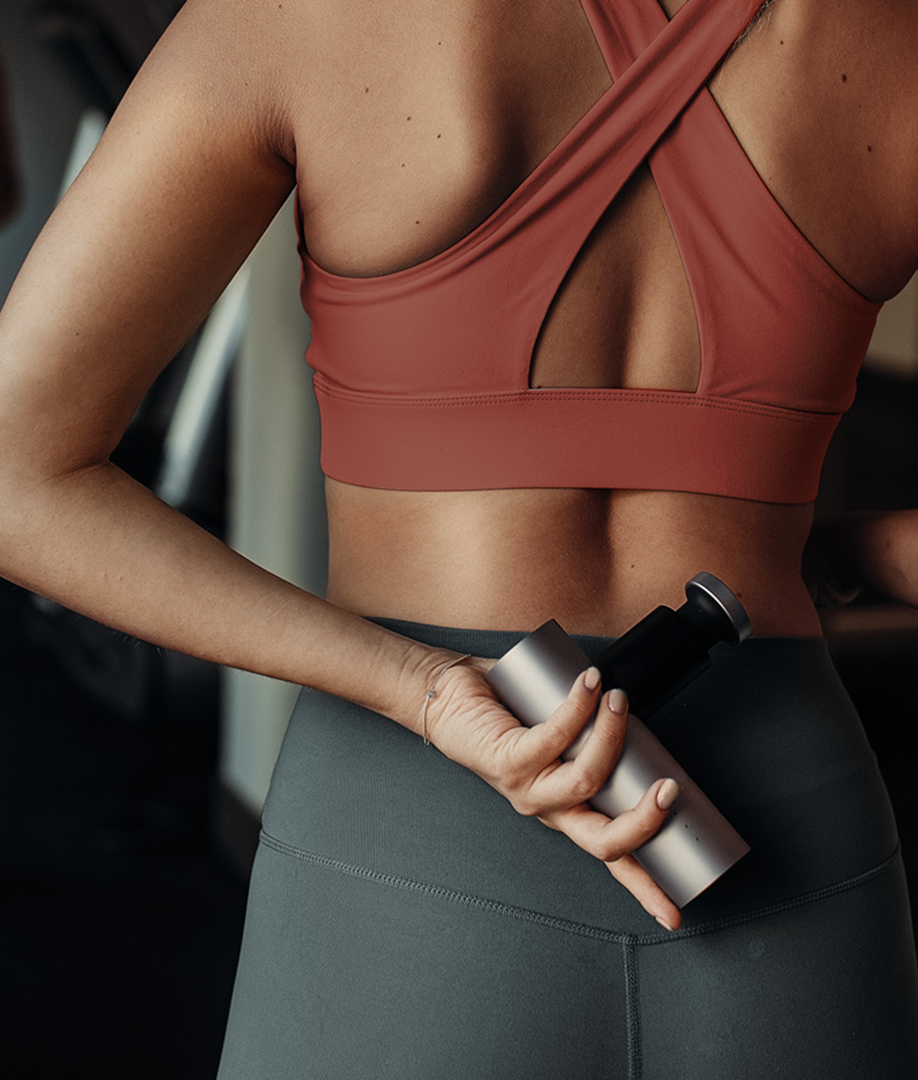Maximize workout sessions by leaving your gym shoes at the door
As a gym-goer, heading into your workout area barefoot might be a tad unusual. Some would say it’s unhygienic or risky, but ditching your shoes altogether may be exactly what you need to boost your workout sessions.
Barefoot training isn’t exactly new, but it’s made a lot of fans among iconic athletes like Abebe Bikila and Christopher McDougall.
Before we go further into the intricacies of exercising sans gym shoes, what exactly is barefoot training in general?
What is barefoot training?
Barefoot training is exercise without shoes on, or with minimal support covering your feet. It’s supposed to build strength in your feet muscles and help you train better.
However, if you’re not up to going shoeless, many runners opt for barefoot shoes instead. These types of shoes allow you the experience of barefoot training, while still protecting your feet from sharp objects and obstacles.

Is it dangerous to work out without shoes?
The answer is yes and no. As Jessica Smith, a certified trainer for more than 20 years, explained:
“It definitely can be, but this is gonna be based on your specific needs… Working out barefoot may not be the best for everybody, but there are definitely a lot of benefits to working out without shoes.”
Overall, barefoot training:
- improves balance, stability, and coordination;
- makes your central nervous system more active;
- activates your core and glutes, which increases body awareness and balance, and
- strengthens your foot muscles, which improves your back, hips, knees, and ankle strength.
What happens when you work out without shoes?
For starters, working out without shoes pushes the soles of your feet to work harder, stabilize your weight, and find your optimal firing position.
Basically:
- It can give you a more solid connection with the ground. Having direct contact with the floor means that every tiny nerve at the bottom of your feet is utilized, which is important for stability and control.
- Barefoot training can help increase your max rep when doing squat lifts or deadlifting a few hundred pounds off the floor. Without shoes, there’s nothing impeding your ability to feel how your feet grip the ground.
Simply put, barefoot training gives back your sensory component that helps your body know where it is, and how it should function on an optimal level.
What are the benefits of working out barefoot?
For athletes who constantly need to step up their game, barefoot training provides many benefits:
- Power boost – When deadlifting a few hundred pounds, you are lifting the weight off the ground with the help of your shoes. While there’s nothing wrong with wearing gym shoes, the fact is that cushioned soles absorb some of the force you use to lift weights. By training barefoot, that force is fully used in the lift and activates more muscle support and power.
- Improves proprioception – Proprioception is an athlete’s ability to know where their body is, how it’s moving, and how much power is used in every movement. By going barefoot, your feet and leg muscles can send signals to your brain faster which improves your movement. This can help prevent workout-related injuries.
- Strengthening base – Moving around without shoes strengthens the connective tissue and muscles in your feet. This leads to improved stability and balance.
- Lift heavier weights – Going shoeless when doing hinge movements like a kettlebell swing or deadlift improves the way the feet grip the floor. You get to activate larger muscles in the legs and hips, allowing you to do heavier lifts.
What exercises can I do barefoot?
Generally, any movement that will make more use of your intrinsic foot muscles is a good time to go shoeless.
However, some exercises require arch support and protection. Plyometric exercises like broad jumps and box jumps are best done with a pair of cross-trainers since these movements put a strain on your foot tendons and ligaments.
Here are six popular exercises you can do barefoot. We’ve added tips on how you can do them properly to minimize muscle soreness after a workout:
Deadlifts
Why do it barefoot: A barefoot deadlift can push your body to work efficiently. It increases balance, reduces unnecessary motion, and engages your posterior chain muscles. As a result, you can deadlift more weight while barefoot.
How to do it right:
- Stand up straight behind the barbell with your feet shoulder-width apart.
- Bend your knees slightly and let your torso lean forward, engaging your core and back.
- Grab the bar with your hands shoulder-width apart. Keep your back flat.
- Push your feet into the floor and slowly stand up. Keep your arms straight as you pull the weight.
- Bring your hips to a neutral position. Squeeze your abs and glutes at the top.
- Slowly do the reverse, bending your knees again to lower the barbell back to the floor. Make sure your back is flat for the entire exercise.
Jumping Rope
Why do it barefoot: Doing a jump rope without shoes can push your feet to work harder. It also improves the strength in your Peroneal muscles, which keeps your ankles stable.
How to do it right:
- Stand on a matted floor. Jumping straight onto a hard, concrete floor might injure your feet if you’re not used to barefoot jumping yet.
- Keep your feet close together and hold the rope at hip level. Let the rope hang behind your back.
- Swing the rope over your head with your hands and wrists.
- As the rope comes forward, hop over it. Try to keep the motion in your ankles and don’t bend your knees too much.
- Repeat the jump and set your pace. For beginners, start slowly and go for 2 to 3 minutes.
Squats
Why do it barefoot: With your feet flat on the floor, pushing up to a squat will activate the smaller muscles in your lower limbs. This can build up mobility, balance, and grip.
How to do it right:
- Stand with your feet hip-width apart and clasp your hands together at chest level for balance.
- Slowly bend your knees and squat as low as you can while keeping your chest lifted.
- Pause when your thighs are parallel to the ground.
- Push through your heels, focus on your glutes, and get up to the starting position.
- Repeat for 3 sets of at least 10 reps.
Kettlebell Swing
Why do it barefoot: The improved grip gives more power from the swing as you drive both feet into the ground harder. Works pretty much the same way when you’re doing a squat or a deadlift.
How to do it right:
- Stand with your feet a little wider than your shoulder width.
- Hold the kettlebell (just one kettlebell, by the way) with both your hands.
- Relax your arms, let them hang naturally.
- Squeeze your glutes and core.
- Swing the kettlebell forward for momentum, then, maintaining a flat back, swing the kettlebell between your legs, making sure your torso follows suit.
- Keep your knees slightly to allow for this movement. Once the kettlebell passes your butt, forcefully hinge your hips and stand up so the kettlebell swings forward
- Remember to squeeze your glutes as you do this move.
- All that is 1 rep. Repeat for 40 seconds on and 20 seconds off, for 3 minutes.
Single-Leg Deadlifts
Why do it barefoot: This type of exercise is generally recommended to strengthen your legs. Doing it without shoes allows for optimal training of your foot muscles. In other words, you train your legs and feet to grip the ground more firmly thus improving balance and control.
How to do it right:
- Stand with your legs shoulder-width apart, holding a kettlebell or dumbbell at your sides.
- Lift your foot one inch off the ground, keeping your core tight as you go.
- Keeping your back straight, hinge your hips and bend your torso forward, going lower until your chest is almost parallel to the floor.
- As you do this move, try to kick your left leg back. Pause, then slowly stand up, and that’s 1 rep.
- Do 3 sets of these moves, 10 reps for each side.
Staggered Stance Overhead Press
Why do it barefoot: Improves metatarsals mobility. These are the long bones in your feet that connect to your toes. Stronger feet mean better balance and mobility. It’s also a great workout to strengthen your core muscles.
How to do it right:
- Stand straight while holding a kettlebell in your right hand, chest level.
- Move your right foot backward, leg length, so you end up standing on the ball of your right foot.
- Slightly bend your left knee, squeezing your glutes and core muscles.
- Push the kettlebell overhead slowly and lower it back to shoulder level, completing 1 rep.
- Repeat the same steps on your left side. You need to do 3 sets of 10 reps for every side.
If you’re having trouble and pain with lifting barefoot, consider getting a massage gun, so you can recover quicker than before.

What are the risks of exercising barefoot?
On the flip side, exercising on bare feet can pose some risks. While it’s mostly safe inside the house, it’s a different story once you go barefoot outdoors. The terrain outside can be too hard, too hot, or might contain sharp objects that can injure your feet.
It’s also important to build up your lower body strength first, before moving or lifting barefoot.
Take it from Sal Di Stefano, one of the hosts of the Mind Pump Show, as he explained it in detail:
“There’s a massive benefit to working out barefoot. But now, if you’re used to working out in shoes, your feet are your weakest link… If you’re used to squatting 200 pounds with shoes on, now, when you squat, you probably have to go down to 100 pounds and watch your feet. If you go to your old workout, with shoes off and your feet are weak, you’re gonna hurt yourself.”
Remember, prevention is always better than cure. Here are some quick leg stretches you can do to prevent any injuries while lifting barefoot.

How to avoid injuries while barefoot lifting
- Use proper form always. Have a professional trainer or even a gym buddy check your lift every time.
- Gym mirrors are there for a reason. Face the mirrors to make sure your knees are stable while they extend beyond your toes. If you are training with a friend, have them take photos or videos of you so you can catch any flaws in your technique and movements.
- Warm-up. We don’t mean just doing a few seconds of stretching. We mean warm up properly. You need to raise your core temperature with some cardio for about ten minutes. Incorporate dynamic, low resistance exercises so you can prep your body for the stress you’re about to put it through. You can also use a massage gun like the Hydragun to “wake up” your muscles pre-workout. Get your own Hydragun here.
- Don’t bite off more than you can chew. Do the right amount of reps according to your strength level. Even Olympic athletes build their strength slowly and steadily. Don’t be the guy who lifts twice as much weight as he should, and ends up on the sidelines with a serious injury.
- Stretch, stretch, stretch. You really need to stretch. Stretch before you start your session. Stretch between exercises, to keep blood flow going into your muscles. Stretch afterward, to help loosen muscle tightness and prevent injuries.
- Don’t pack all your workouts in one day. Don’t just do all your intense workouts on the weekends or limit sessions once a week. Even if you have a busy weekday schedule, make time to go to the gym for at least an hour, every other day. Make lifting barefoot a daily investment to your health if you can, not just a weekend thing.
- Take care of your body. Successful athletes understand that building strength should be done outside the gym, too. Get as much sleep and rest as you can. Stay hydrated and eat well. Nothing wrong with indulging on cheat days – think of that as a reward for your every milestone in the gym. Needless to say, looking after your health makes you less prone to sickness and injuries while lifting barefoot.

So, does barefoot exercise make you stronger?
Losing your shoes certainly helps you gain more strength. With proper training and supervision, it can result in increased balance, control, and bodily awareness, three things that are crucial in any competitive sport.
It’s clear that the benefits of working out barefoot outweigh the potential risks. Going shoeless may not be for everyone but if you’re a fan, it won’t be long before you start to feel and see a stronger version of yourself.
What are your thoughts about barefoot exercise? Let us know by commenting on this post!

